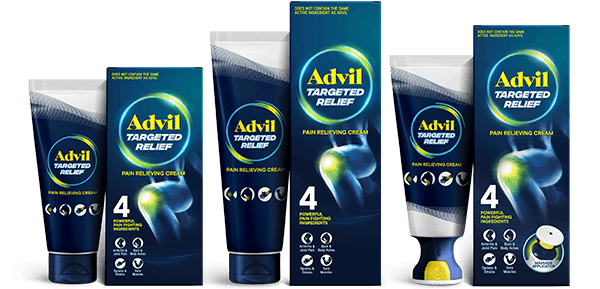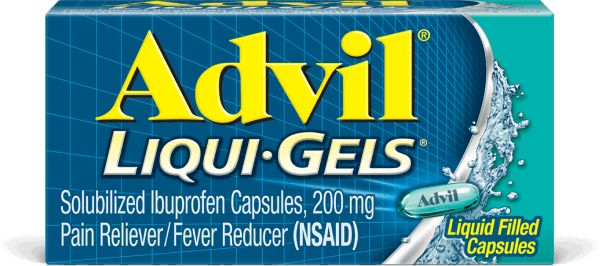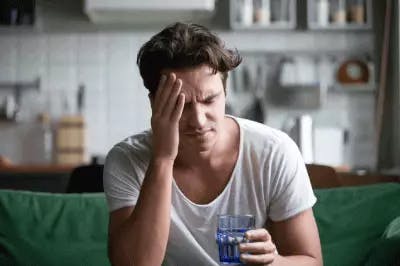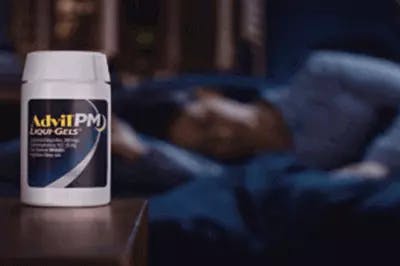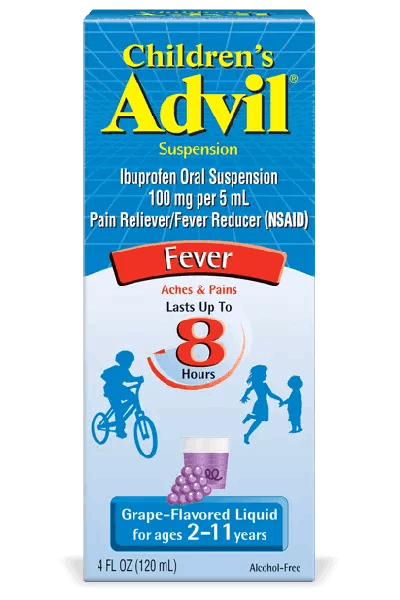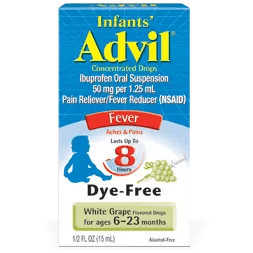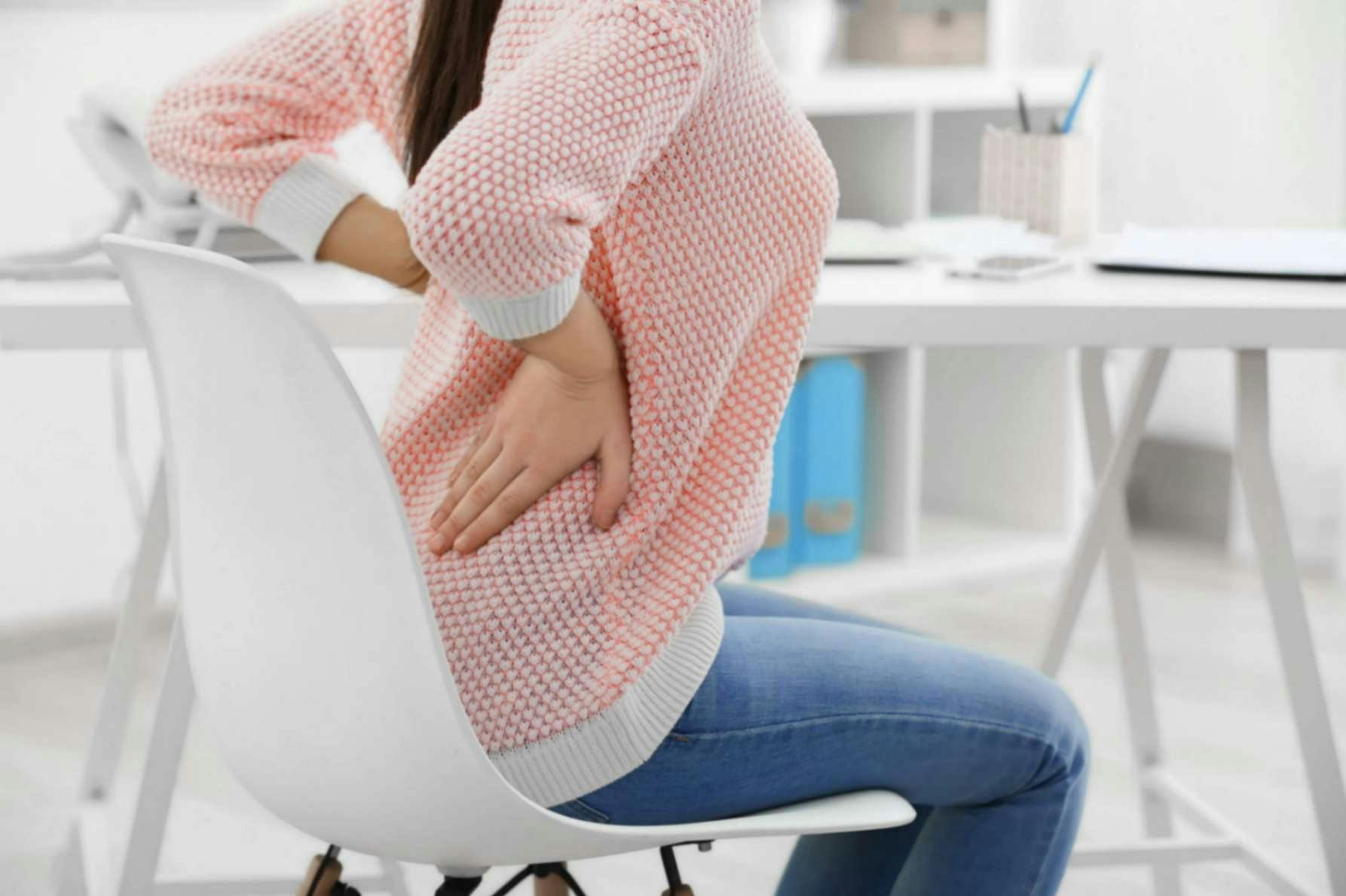How to Relieve Lower Back Pain
Backache
Whether you work a physically demanding job, sit at an office desk every day, or enjoy gardening, exercising, and spending time with kids, lower back pain is a painful condition that can affect anyone. Waking up with pain in your lower back or suddenly feeling lower back pain can be concerning, but there are steps you can take to feel relief from your symptoms and get you going again. Read more to learn about the different causes of lower back pain and how you can find relief.
What is Lower Back Pain?
Having a case of lower back pain can be scary, but it’s more common than you might think. Lower back pain is one of the most common reasons why people call off work or go see a doctor.1 Anyone can experience lower back pain after moving or sitting a certain way. Lower back pain can develop over time as we age, but even young children can experience aches in their lower back.1 Some common symptoms of lower back pain include:2
- A dull ache in your hips or pelvis
- Muscle spasms or feelings of tightness in your back
- A sharp, tingling pain that starts in your lower back and travels down one leg (or sciatica)
- Pain that gets worse when sitting and improves while walking
- Pain that is noticeably worse in the morning
What Causes Lower Back Pain?
Back pain is generally categorized into two types: acute and chronic.1 Most lower back pain is acute, or short-term back pain, which lasts a few days to a few weeks.1 Acute lower back pain will typically go away on its own with self-care and doesn’t leave residual loss of function.1 Chronic lower back pain is a little more serious and continues for 12 weeks or longer, even after an initial injury or cause of acute back pain has been treated.1 The lower back is where the most back pain occurs, as is comprised of the five vertebrae (or L1-L5) in the lumbar region that supports much of the weight of the upper body.1
The most common causes of lower back pain are a strain or a sprain in the region.2 Lower back pain usually occurs after an accident, lifting something heavy, or not stretching enough after a strenuous workout.1 If you can’t remember doing anything physical that could be causing your lower back pain, it may be caused by something unexpected.
Some common risk factors for developing lower back pain, include:
- Weight gain
- Genetics
- Job-related factors (physical activity that requires twisting the spine, sitting in a chair with no back support, having poor posture, etc.)
- Mental health, smoking, or constantly carrying heavy items on your back.1
If you wake up with lower back pain, it may be caused by an unsupportive sleep position or a bad mattress.3 Women often experience lower back pain when they are suffering from symptoms of endometriosis or menstrual pain.3
Most causes of acute lower back pain are mechanical, which means they are caused by a disruption in the way the spine, muscle, invertebral discs, and nerves in the back fit together and move.1 Some mechanical causes include congenital problems (skeletal issues like scoliosis), injuries, degenerative problems, nerve and spinal cord problems, and sources that are unrelated to the spine.1 Lower back pain causes or serious conditions can be best diagnosed by a complete medical history and physical exam from a doctor.1
How to Prevent and Treat Lower Back Pain
While most acute lower back pain usually gets better on its own, it still helps to find ways to alleviate the pain so you can continue your daily activities with ease. Cold and heat therapies are a good way to treat your back pain, especially after an injury.4 Using a cold compress or an ice pack immediately following the injury will numb the area and prevent or reduce swelling, and using a heating pad 48 hours after the injury will soothe and relax the muscles and help the healing process by increasing blood flow.4
If you often find yourself experiencing lower back pain after a night of rest, try switching out your mattress or sleeping on your side to prevent aches in the future.3 Regular exercises to strengthen your core or abdominal muscles and gentle stretching are also good ways to prevent and treat lower back pains.1
A quick way to treat lower back pain is to use medications, such as analgesics and NSAIDs (non-steroidal anti-inflammatory drugs) to relieve the pain.1 Try NSAID products like Advil Dual Action tablets, an FDA approved pain relief medication that combines acetaminophen and ibuprofen for longer-lasting relief from headaches, menstrual cramps, muscle pains, back pain or minor arthritis pain. Talk to a doctor before giving Advil to a child under 12 years of age, and do not exceed six tablets in 24 hours.
Identifying what’s causing your lower back pain and finding an effective treatment solution can help you get on your feet with more ease. Learn more about managing and avoiding back pain by visiting the Advil Symptoms & Tips Hub.
Source Citations:
- Low Back Pain Fact Sheet. National Institute of Neurological Disorders and Stroke. https://www.ninds.nih.gov/disorders/patient-caregiver-education/fact-sheets/low-back-pain-fact-sheet Accessed 11/8/2021.
- Lower Back Pain Causes: 8 Reasons for Sudden & Chronic Pain. Houston Methodist. https://www.houstonmethodist.org/blog/articles/2021/may/lower-back-pain-causes-8-reasons-for-sudden-and-chronic-pain/ Accessed 11/8/2021.
- Waking Up With Lower Back Pain. Sleep Foundation. https://www.sleepfoundation.org/physical-health/waking-up-with-lower-back-pain Accessed 11/8/2021.
- Home remedies for low back pain. Harvard Health Publishing. https://www.health.harvard.edu/pain/home-remedies-for-low-back-pain Accessed 11/8/2021.
By clicking the link(s) above, you will be taken to an external website that is independently operated and not managed by Haleon. Haleon assumes no responsibility for the content on the website. If you do not wish to leave this website, do not click on the links above.
